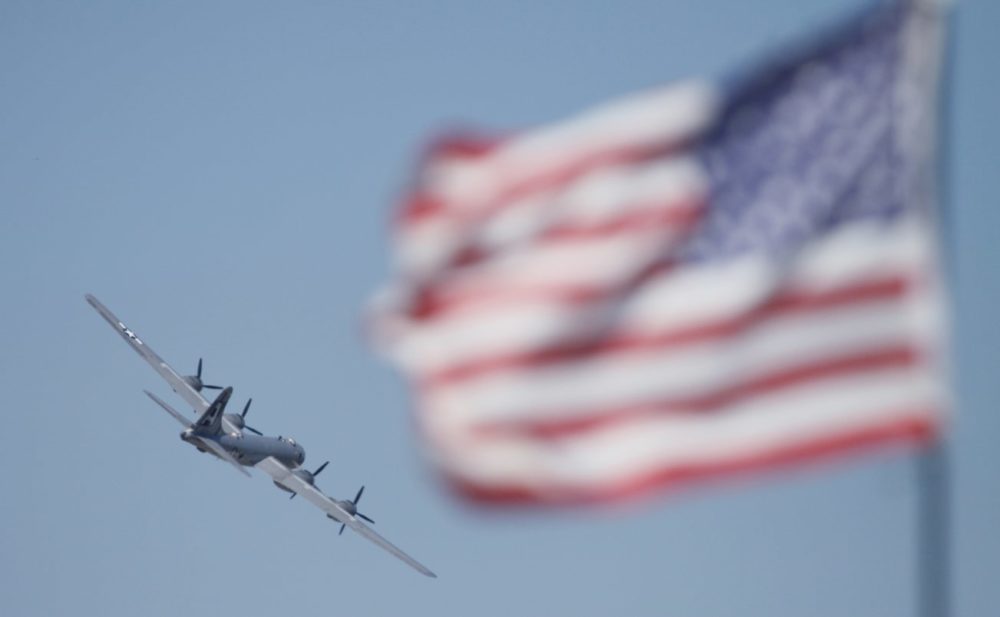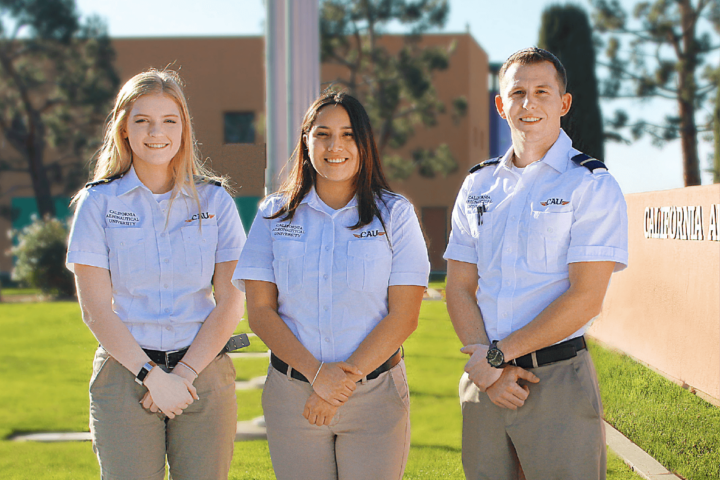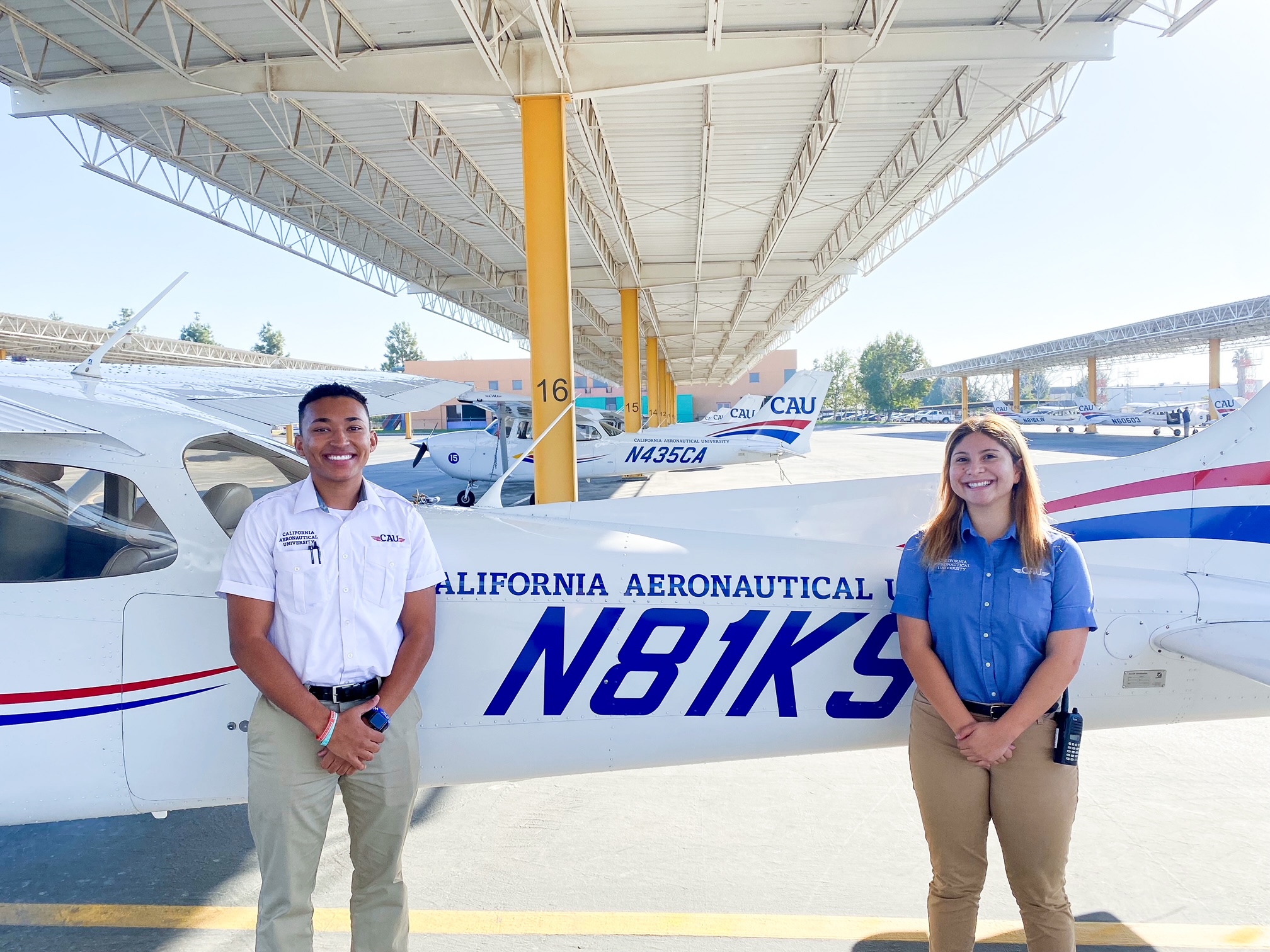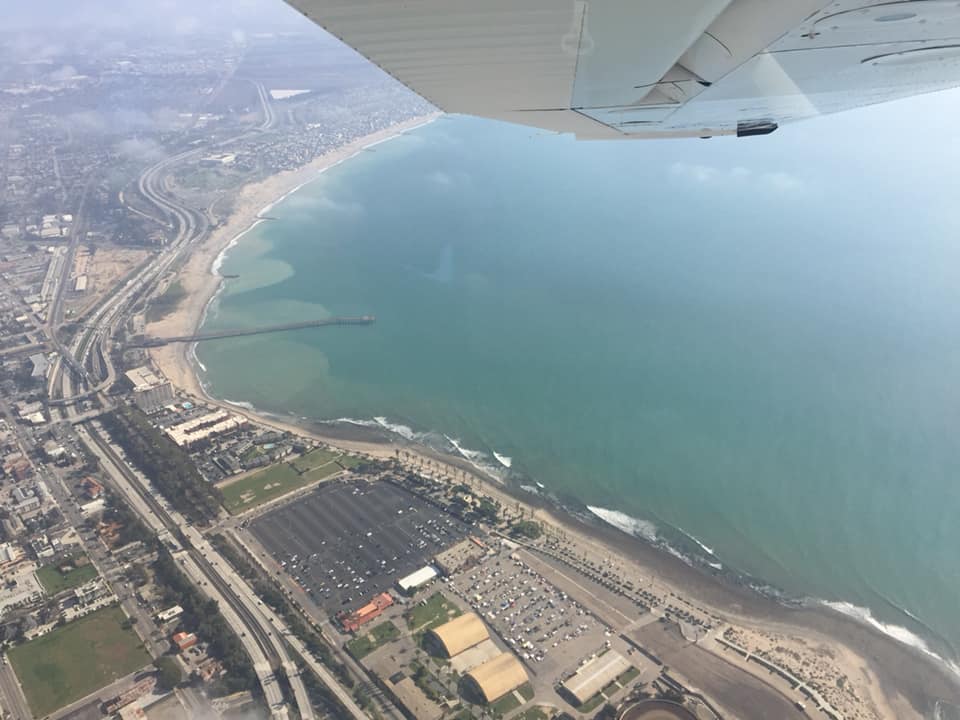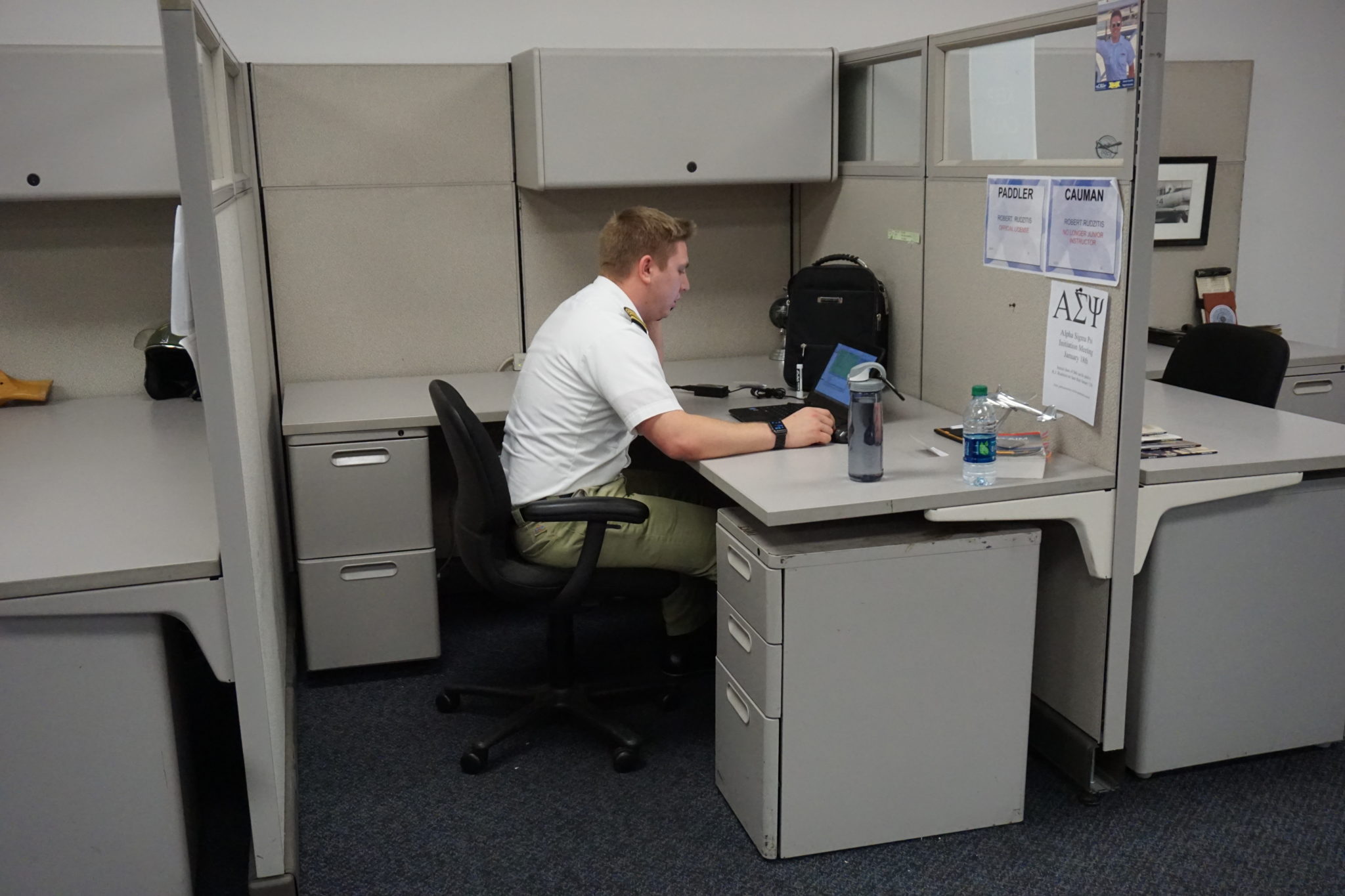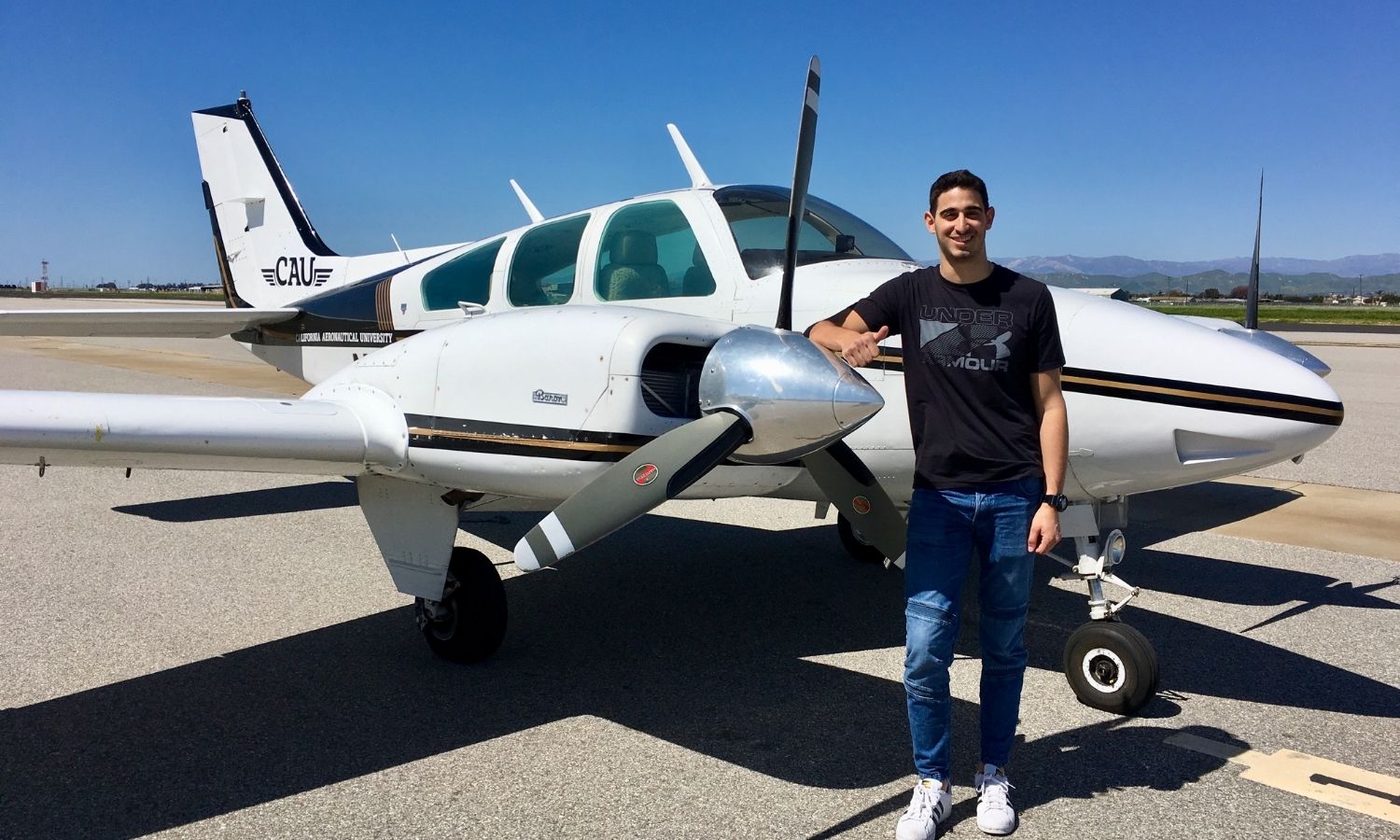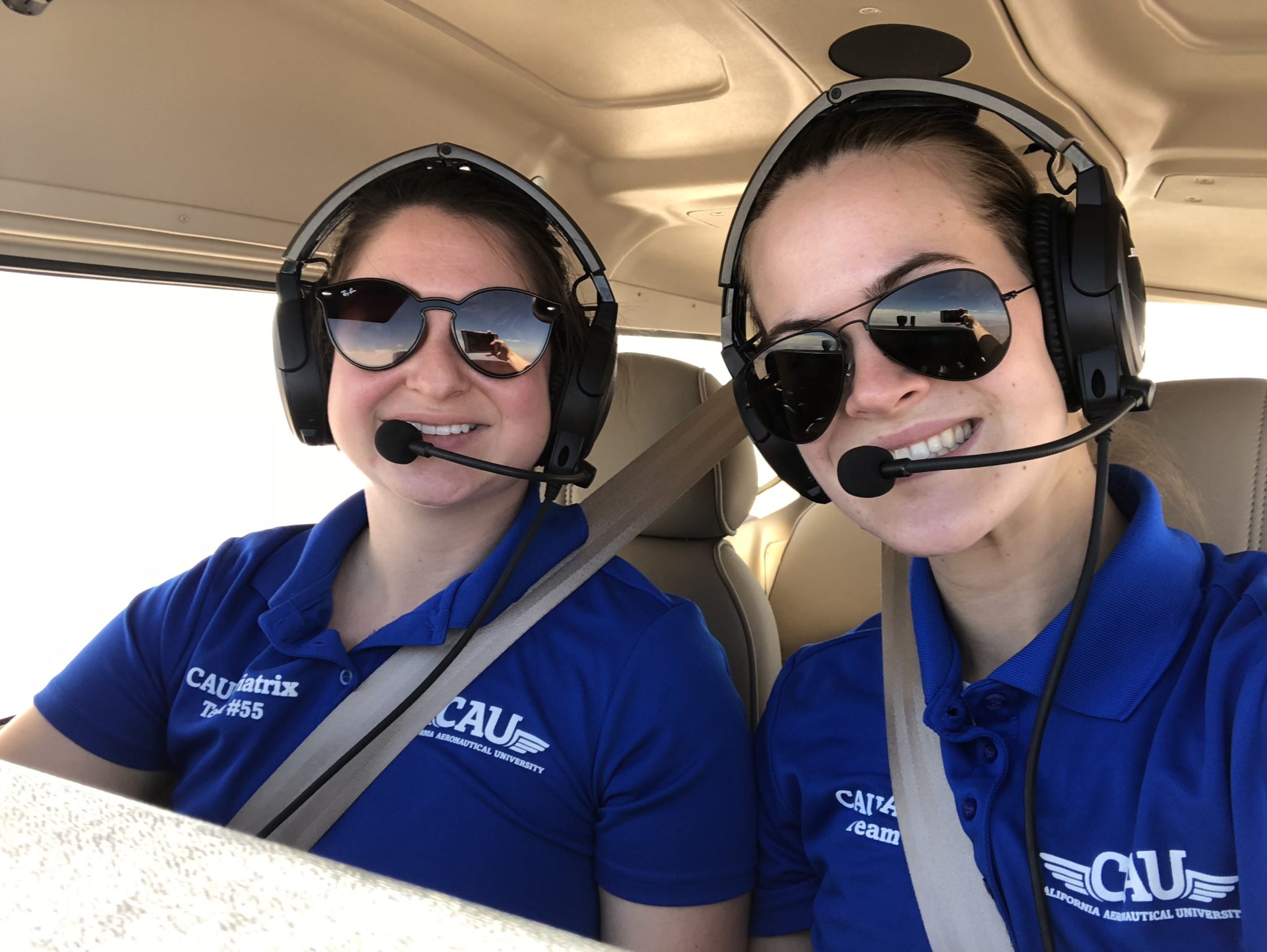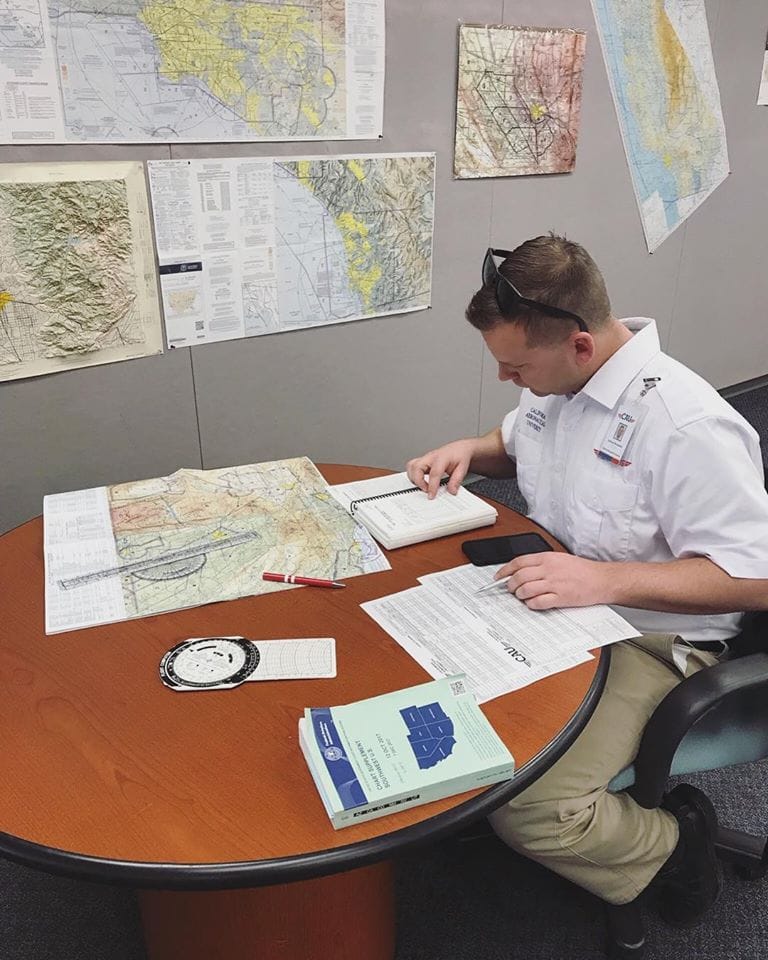When transitioning from military to civilian aviation, there are a few things to consider to ensure your transition is as smooth as possible.
[lwptoc numeration=”none” skipHeadingText=”Share This:”]
For those exiting the armed forces, there are exciting career prospects that await your departure from the military. To get the most out of new opportunities, you will want to be prepared.
Today, we will go through some essential tips to help when transitioning from military to civilian aviation. We will discuss some obvious differences and a few that are not so obvious so you can make the best choice for you when it comes to flying schools.
1. Ensure Your Logbook is Up to Date
If you flew in the military, you will may be aware that flying experience is measured in hours. As an individual who has flown many missions, you will want to be able to get full credit for those hours. As a result, it could be highly advantageous to ensure that your logbook is all up to date.
In civilian flying, the Federal Aviation Administration has something called the 1500 hour rule in regard to the Air Transport Pilot (ATP). In short, this rule means that flight students must accrue 1500 hours of flight time before being awarded an ATP certificate.
A clause states that military pilots can be granted an ATP with reduced hours, provided they have flown a minimum of 750 hours. So, it is well worth assessing whether you meet these criteria. Either way attending a University like California Aeronautical University, may provide you with the necessary reduction of hours for you to save time and money.
2. Civilianize your Resume
Military personnel speak their own language, which is littered with abbreviations and acronyms. While personnel on the base will know exactly what you mean, this might not be true in civilian life.
When presenting your resume to flight schools and employers, you will want to sell your hard-earned skills and attributes in the easiest way possible. It really pays to make sure that your resume is easy to understand and explains things in plain terms.
3. Assess What You Want from Your New Career
If you are aware of the opportunities and have a goal before you leave the military, this can make transitioning from military to civilian aviation go smoothly.
Flight schools such as California Aeronautical University have established career partnerships with many commercial aviation companies and airlines. The civilian job market can be a little competitive. However, with support and guidance, along with well-established career tracks, the transition should be made a little easier.
It is also worth thinking about what field you would like to enter and work towards.
The good news is that there are many exciting options. These could include:
- Rotary wing flying
- Search and rescue operations
- Bush pilot
- Flight instructor
- Commercial airline pilot
- Business jet pilot
4. Look for Schools Who Recognize Your Service
As a veteran, you ideally want your service to be recognized and appreciated. There are flight schools that offer generous benefits for veterans who are leaving the military.
Unlike in the military, civilian aviation has to be funded by the individual. Fortunately, at CAU, there is assistance available for eligible veterans.
CAU is an active participant in the “Yellow Ribbon Program.” This allows the University to contribute up to $3000 towards your flight training. As additional support, the US Department of Veterans Affairs will match the University’s contribution. This means that in total, you could be awarded $6000 towards your flight training following your service.
Additionally, the Post 9/11 GI Bill® can provide a lot of extra support. The GI Bill will allow you to use educational benefits to cover tuition costs, not to mention housing allowances and other funds for study materials.
This isn’t just limited to veterans either; it can also be transferred to spouses or dependents too.
5. Be Mindful of Differences in Flight Rules and Terminology
You will find the world and rules aloft in the civilian world highly differ from what you may be used to in military flying. There is different terminology, conventions, and rules to be observed, not to mention physical differences in the types of aircraft you will be flying.
For example, you may be used to landing something that has you sitting 20 feet above the wheels, such as the C-17 Globemaster. This will be a far cry from the small and light training aircraft you will be flying in the initial part of your training.
Slang military terms you may have used on the radio in the past will be entirely lost on a civilian air traffic controller. “Levelling at 500 cherubs” is bound to be confusing.
6. Adapt to Different Training Styles
When transitioning from military to civilian aviation, it is important to remember that training styles may differ. The aim with most training flights is to encourage you and bring you up to the required standard to graduate. This can be a little tricky to get used to when every flight may have been a ‘chop ride’ in your former life.
What Does CAU Offer to Ex-Military Personnel?
California Aeronautical University has great experience training former servicemen and women and helping them ease into their new careers following graduation. As a subscriber to the Yellow Ribbon Program, along with the Post 9/11 GI Bill®, students can also receive financial support to lessen the cost of flight training.
CAU’s admissions service is well-practiced in guiding veterans through civilian aviation programs and flight training.
GI Bill® is a registered trademark of the U.S. Department of Veterans Affairs (VA). More information about education benefits offered by VA is available at the official U.S. government website at www.benefits.va.gov/gibill.
Ready to soar in your aviation career?

Tamu Smith-Kohls serves as the Vice President of Enrollment Management and Marketing for California Aeronautical University. She has worked in the aviation industry in various roles for 24 years. As a United States Air Force retired veteran, she has a unique appreciation for the aviation industry. Tamu has served in Information Systems as a Network Administrator, Aerospace Flight Medicine as a Health Services Manager, and Air Force Recruitment and Marketing. She holds an undergraduate degree in Psychology; a Master’s in Business Administration and is a Certified Neuro Linguistic Practitioner. Her passion is motivating, training, coaching and serving others to reach their best potential.
